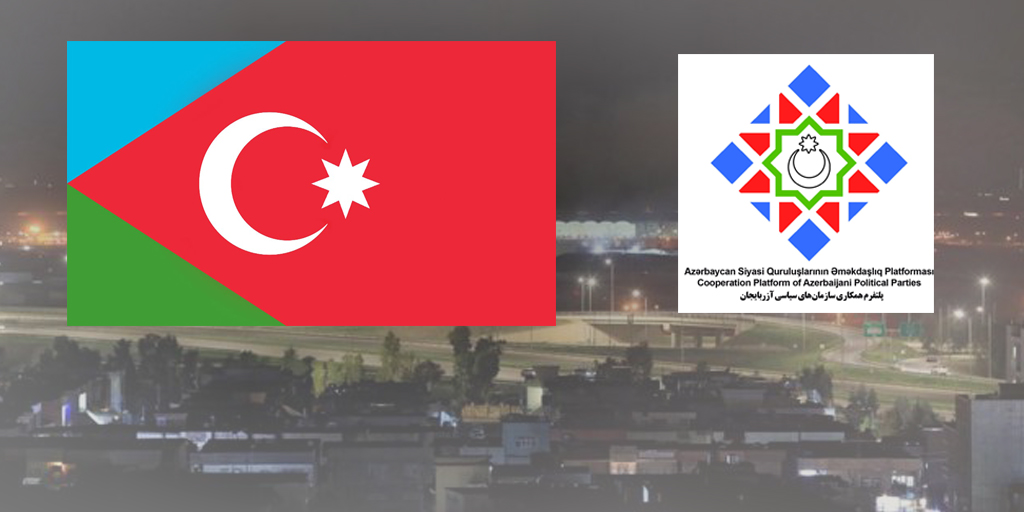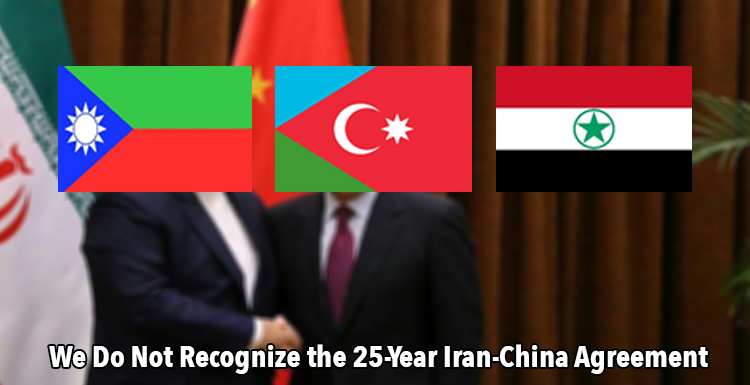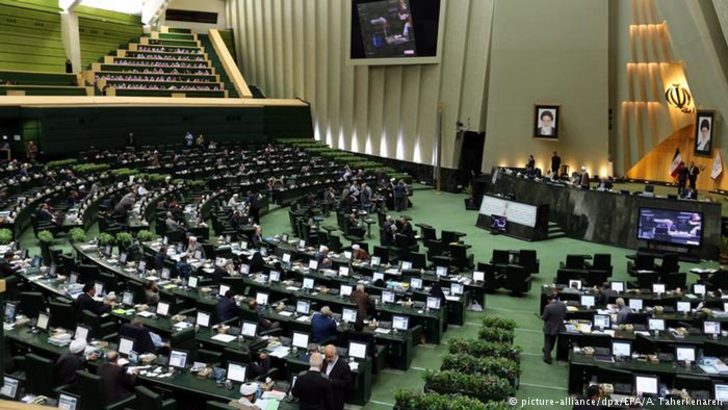Sections of Azerbaijan History: The national liberation and democratic movements

In 1905-1911 in Tabriz, the national-liberation movement under the leadership of Sattar khan (Mashruta movement) had started. Soon this movement spread to all South Azerbaijan.
Mashruta movement raised Sattar Khan up to the level of great commander. In 1907 while leading the liberation fighters of Amirkhiz district of Tabriz, Sattar Khan demonstrated unusual heroism and courage of freedom and so became the lovely commander of liberation fighters.
In 1908, after the attack of the shah’s 40 thousand armed forces in the city of Tabriz, which is considered the cradle of the revolution, in June under the leadership of Sattar Khan the Supreme Military Council was established. Sattar Khan was appointed as Commander in Chief of the Supreme Council and Baghir Khan as his deputy, and Monsieur Ali, Haji Ali, Seid Hashim Khan as members. Till April 1909, despite many losses of Tabriz uprising rebels the enemy’s armed forces were withdrawn from Tabriz. For the unusual heroism demonstrated by Sattar Khan and Baghir Khan in this battle they were nominated to honorary titles by the governors of Azerbaijan province like “Sardari-national” (People’s commander), and “Salari-milli” (national leader) respectively.
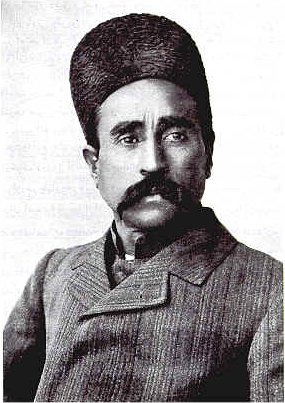
Defense of Tabriz was assigned to the Military Council. Rebels’ victory had the impact of all Iran. In many cities, including Tehran, revolutionary committees under the name of “Sattar Khan” were formed. Head of Assembly of the Tabriz province present himself as an envoy of Council. Until October of 1908 in many provinces of Azerbaijan were liberated of enemies. Shah-reactionary forces being dared of strengthening of revolutionary movement in the country were forced to allow re-opening of the Assembly of the Council in Tehran. In December 1908, the Second Assembly of the Council in order to assess the contributions of Sattar Khan and Baghir Khan with names engraved in gold letters on the metal plates of honor marks and fixing it at podium during opening of meeting of Parliament.
After the victory of revolution in Tabriz increase of revolutionary mood had run forces of shah, Tsarist Russia, and the imperialist England into panic. In order to disgrace Sttar khan and his fellows they tried to separate Sattar Khan and Baghir Khan from supporters, from Tabriz. It was stated in telegram sent by British Foreign Minister Edward Cary to British Ambassador to Iran George Berly (16.3.1910) that Sattar Khan and Khan Bagir should be removed from Tabriz soon. After that, the Prime Minister of Iran, the National Assembly forced Sattar Khan and Baghir Khan to enter Tehran. In March 6, 1910 Sattar Khan and Baghir Khan, together with 300 associates went to Tehran. On April 3, 1910, Sattar Khan reached Tehran. Sacrifices were cut, and the population of Tehran welcomes him as a savior.
Sattar Khan and his fadais were given a place in Atabay Park. In August 7, 1910 Armed forces of Shah and police forces led by Armenian of Tehran, dashnak Yefrem Daviyants, that previously fought together with forces of Sattar Khan against Shah, attacked at night Atabey park treacherously, and surrounded Sattar Khan’s forces and attempted disarm forces of Sattar Khan. Sattar Khan was wounded in foot at that battle. Sattar Khan’s troops are not allowed to leave Tehran. Finally, at result of a bullet wound Sattar Khan died at the age of 48 on 9th November of 1914, and is buried in the cemetery of Shah Abdulazim in Tehran. His grave was repaired in 1924 by revolutionists.

In 1920-1921 Movement of Heydar Khan Amoglu started in South Azerbaijan. Amoglu who worked in a while electrical engineer in Baku came to Tehran in 1904 and took an active part in the organization of the armed units established after the king Muzafaraddin’s decree related to the organization of parliament. Tehran Revolutionary Committee had established Mujazat Committee in order to stand against the Mammadli shah and their supporters Anglo-Russian imperialists and appointed Heydar Amoglu as head of the Mujazat Committee.
Heydar Khan Amoglu that fought in trenches during Sattar Khan’s movement went Tehran in 1909 together with Sattar Khan and Bagir Khan. After the events happened with them Amoglu began his activity. Heydar Khan knowing six languages, got a fame of inimitable partisan battles, and stricken the enemy with heavy blows.
As soon as Rza Khan that had no military education but gained some ranks, became minister with support of British had sent Russian Cossacks under his commandment to Gilan against Amoglu. Then using spies he could turn supporters of Heydar Khan against him. Then he could win support of Mirza Kuchuk Khan that had fellowship with Heydar Khan, the organizer of the anti-imperialist movement in Gilan and guerrilla leader, and using him he arranged a trap to Amoglu.
Amoglu that was heavily wounded in Pasikhan settlement near Rasht was then captured by men of Mirza Kichik Khan. After being a prisoner in their detainment he was killed by some traitor Muayyanul Raaya.

Overthrow of monarchy in Russia gave an impetus to restart national movement in Iran and South Azerbaijan. The Movement in South Azerbaijan was directed by Province Committee headed by Sheikh Mohammed Khiyabani.
In August 1917, the conference of the Azerbaijan Province Committee of IDP was held. ADF was established in conference under the leadership of S.M.Khiyabani. The Central Committee of ADF fought for driving foreigners out of country and granting of autonomy to South Azerbaijan within the boundaries of democratic Iran.
As a result of the expansion of the popular movement in 1917, Prime Minister Vusuquddovla resigned. However, he again came to power with the help of the English. In August 9, 1919, the contract signed between Iran and England. Besides this contract made Iran dependent on England from political and economic point of view, it gave a new impetus to the democratic movement in South Azerbaijan. Tabriz uprising began on April 7, 1920. Rebellion was led by the Board of Directors headed by Khiyabani. Next year, on June 24, 1920, the National Government was created.
British that very much concerned about events in Iran and South Azerbaijan, joined with reactionary forces and local traitors. On September 14, with the help of British the movement was suppressed. M. Khiyabani was killed. Hundreds of rebels detained, executed and exiled.

Mohammad Taqi Khan Pusyan became famous in Azadıstan Movement led by Sheikh Mohammed Khiyaban. His got the military knowledge in Germany, and in 1920, he returned to Tehran.
Though Rza Shah wanted to send Mohammad Taqi Khan to Azerbaijan to collapse Azadıstan Movement of Sheikh Mohammed Khiyabani he did not accept it and was appointed as military commander of Khorasan province.
Mohammed Taqi Khan very soon put an end to chaos in Khorasan. Although these works were welcomed by the people, it disturbed the brother of then governor of Khorasan Vusuquddovla – Ahmed Qavamussaltana and English consular.
In 1920, Mohammed Taqi Khan had raised the flag of rebellion in Khorasan in 1920 and declared independence in April 1921. He increased a number of gendarmes under his subordination and turned them into the national army and national army was called “Fadai”.
Mohammed Taqi Khan remitted debts of villagers to state, and divided big land areas and distributed it to landless villagers.
Reforms carried out by Mohammed Taqi Khan Pusyan particularly disturbed the British in terms of financial interests. Therefore British paid money to reactionary religious people and spread false information about Mohammad Taqi. Then equipped an army of 4000 persons with heavy weapons under the leadership of reactionary named Khazai, deployed them in Khorasan.
Although Mohammed Tagi Khan had fought with courage with united army, he faced with treason like Sattar Khan, Bagir Khan, M. Khiyabani, Heydar Khan Amoglu and was killed ruthlessly.
In the second half of the XIX century, the movement of enlightenment was wide-spread. As the national bourgeoisie was weak in this period in Northern Azerbaijan, there was no single, guiding organization. Representatives of the Enlightenment movement welcomed the future of the people’s in education, science, abolishing of ignorance. In this regard, M.F. Akhundov, H.B.Zardabi, N. Narmanov, A. B.Agayev, A.B.Huseynzade and others have a lot of work.
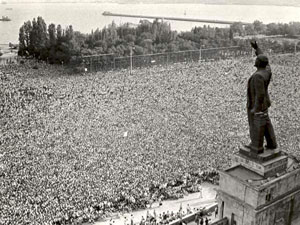
During 1988-1989 the national liberation movement started in Northern Azerbaijan. The first protest action began in Baku on February 19, 1988. With the help of the army the authorities have managed to scatter the meeting on 4th of December.
In 1988-1990 the national democratic movement in Azerbaijan campaigned vigorously for the restoration of the country’s independence. In September 23, 1989, Azerbaijan that had adopted a decision on sovereignty, in this case was the first among Soviet republics. In order to suppress this movement, on January 20, 1990, Soviet troops were dispatched to Azerbaijan. At result of the atrocities committed hundreds of innocent Azerbaijani citizens were killed and wounded. A state of emergency were declared in the country, which lasted until mid of 1991. In spite of these setbacks, the untiring struggle for independence by patriotic forces resulted in the adoption of a declaration on the restoration of state independence on August 31, 1991 by the National Assembly.
In December 8, 1989 continuous rallies, strikes began in Jalilabad. Staff of administrative bodies did not use weapons against the people and passed to his side. Militia groups sent to region for “restoration of order” began arrests in region in December 27. Angry masses destroyed regional Party Committee head quarter, militia headquarter. In December 29, “The popular government” has started its activity. More than 15 people injured in clashes.
But events in other regions developed peacefully. In November-December of 1989, the national movement in Sabirabad and Agjabedi resulted in the resignation of local leaders. Same occurred in Nakhichevan Autonomous Republic, too.
In December 31, 1989 in Nakhichevan Autonomous Republic the 137 km of the Soviet-Iranian border installations along the Araz River were destroyed. People gathered on both sides have crossed the river and met. And in January 7, 1990 there were agitations on USSR-Turkey border. On January 18 border facilities were destroyed in Bilasuvar and Jalilabad regions. People met with blood brothers from South.
azerbaijans.com















